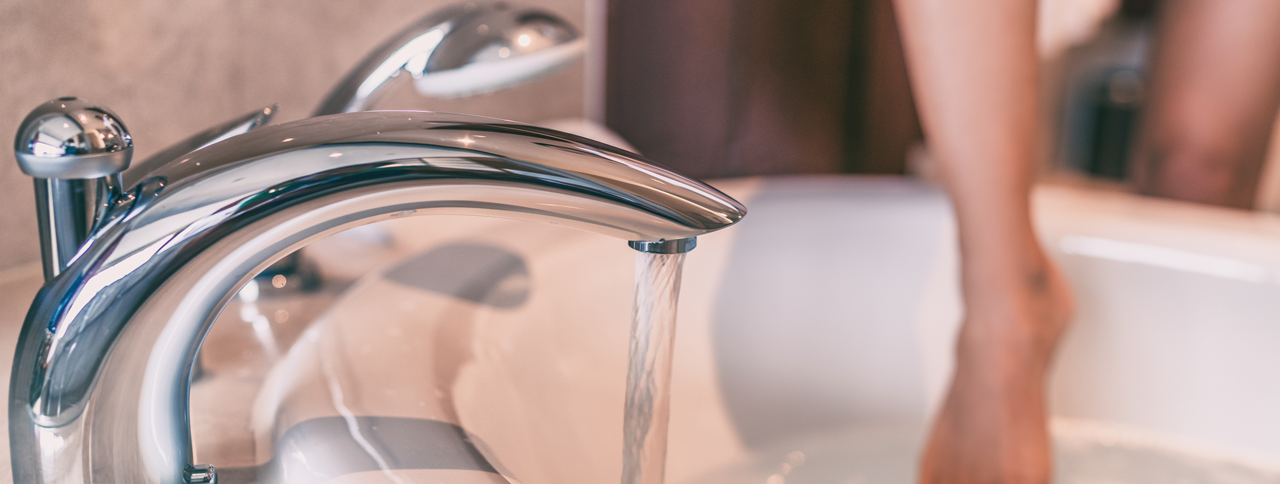The complete guide to safely using heat lamps at home
What to know before you choose a heat lamp for your bathroom
You probably know that heat lamps provide both heat and light. But do you know when, where and how to effectively and efficiently use them at home? Get a warm drink, snuggle under a warm blanket, and find out more about heat lamps for your home.
What are heat lamps and what are they used for?
Technically, heat lamps are infrared or incandescent light fixtures which are able to do two or three jobs in one. While their main purpose is to generate a powerful source of heat, they provide light as well.
Usually, heat lamps come with infrared lights to provide instant heat and a halogen bulb as a central light source. Sometimes they also feature an exhaust fan with a high airflow extraction. Today’s newest models come with energy efficient LED lights, making them more cost-effective in the long term.

Where can you install heat lamps in your house?
Heat lamps generally consume less electricity than bar heaters, which makes them a cost-efficient option. Typically, they’re used in places like showers and bathrooms, which are often the coldest places in the house. Heat lamps provide fast, radiant heat and are fairly economical when used for short periods.
Some heat lamp models are suitable for use in the kitchen to keep food warm (usually for commercial applications). However, because of their significant energy consumption, we only recommend using heat lamps for smaller spaces where you need lighting and heating as well.
Another interesting fact is that people often use heat lamps for therapeutic purposes. While basking in the warmth can be soothing, remember to avoid overexposure which can be harmful.
What technology does a heat lamp use?
Whilst traditional light bulbs use a tungsten filament, heat lamps have optimised filaments, usually made out of quartz, that resist electricity. This produces excess amounts of infrared radiation which acts directly to heat the human body.
Heat lamp bulbs normally include internal reflectors which concentrate the light and heat straight down on a specific area.
What are the advantages and disadvantages of using a heat lamp?
Before you decide to install heat lamps, it’s important to be aware of both the upside and the potential downside too.
Heat lamp advantages
- Reasonably cheap to buy and run
- Can be a multi-purpose device, with instant heat, light as a secondary function, and an incorporated exhaust fan
- Suitable for domestic use in smaller areas such as the bathroom and shower
- Offer potential side benefits, such as pain-relief therapies
Heat lamp disadvantages
- Close exposure can burn skin or nearby objects
- Poor light source
- Not suitable for heating large rooms
Talk to Jaric Electrical for more about heat lamps at home
Heat lamps can represent good and affordable lighting and heating alternative for compact spaces in your home. After all, who doesn’t love getting out of the shower into a cosy, welcoming ambience?
For domestic electrical services call Jaric Electrical on 1300 452 742 or get in touch online and one of our qualified technicians will be happy to help you.
![JARIC [P] RED_RVSE Air and Electrics](https://jaricgroup.com.au/wp-content/uploads/2021/01/JARIC-P-RED_RVSE-Air-and-Electrics.png)




